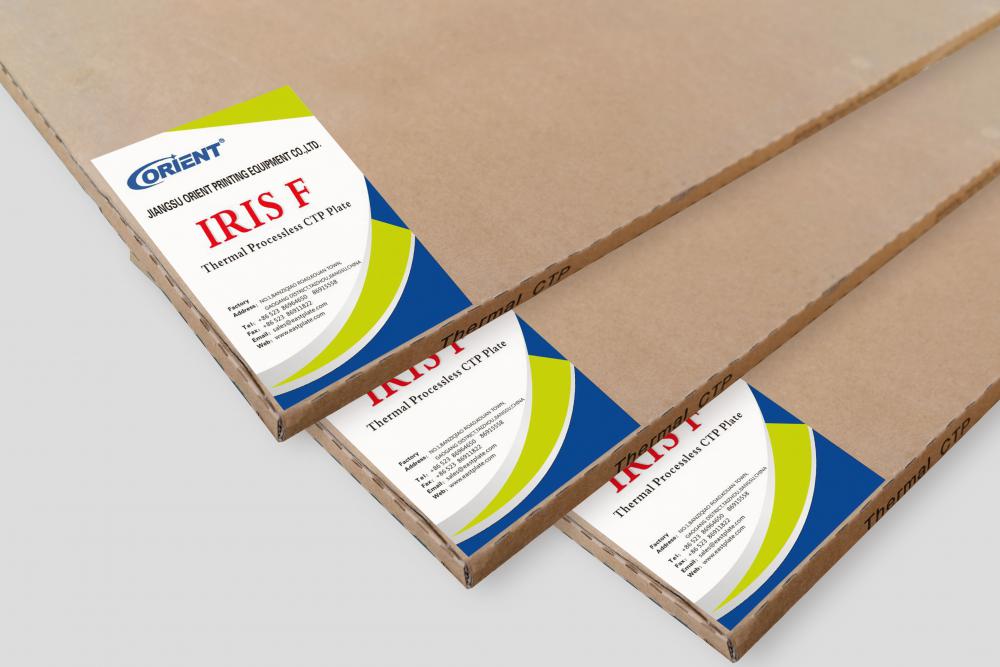Modern screen printing plates usually use four methods: direct method, indirect method, direct indirect method, and digital plate method. The direct method is to directly apply the photosensitive adhesive plate making; the indirect method is to use the photosensitive film plate making, and the photosensitive film is made by coating the photosensitive film onto the polyester film, and the film is transferred to the screen plate when it is used for printing. The thickness of the glue is also different, so there are a variety of specifications; direct and indirect mixing methods, the use of sensitive plastic film, but also use photosensitive film; digital computer plate also use photosensitive adhesive, the difference is that the first three methods must be With Negative Plate making, digital computer platemaking does not require negative film, but only the necessary images, symbols and other data are input into the computer first. Then, the computer is plated on the screen plate coated with photosensitive resin. The same is true, no matter what kind of plate-making method must be applied photosensitive adhesive, so a variety of plate-making photosensitive adhesive came into being.
Screen-printing photosensitive materials for use in printing plate, according to its existing form of photosensitive adhesive and photosensitive film (also known as film film, film paper); according to the composition of the material properties are divided dichromate, diazonium salt, iron Salts, etc.; according to the use of the distinction between water resistance, solvent resistance.
First, screen printing requirements for photosensitive materials
Screen Printing Materials Requirements for Photosensitive Materials
Screen Printing Technology Volume
Silk screen printing plate requirements for photosensitive materials are: plate-making performance is good, easy to apply; there is a suitable range of photosensitive spectrum, generally suitable, light waves on the photosensitive plate-making operation and plate storage need to have strict darkroom conditions; good performance, resolution High, stable, easy to store, reduce waste; economic, health, non-toxic, pollution-free.
Screen Printing Requirements for Photosensitive Materials
The requirements for screen printing on photosensitive materials are: the film formed by the photosensitive material should be adapted to the performance requirements of different types of ink; it has considerable resistance to printing and can withstand considerable scraping pressure of the squeegee; the ability to bond with the screen Good, no filming failure occurs during printing; easy to peel, which is conducive to the regeneration of screen plate material.
Second, the development of photosensitive adhesive for screen printing
Sensitive glue (also called photosensitive emulsion) and photosensitive film (also known as film) are commonly used in the screen printing industry at home and abroad.
Photosensitive adhesive or film is generally gelatin, polyvinyl alcohol, nylon, etc. as the substrate, using dichromate and diazonium salt as a photosensitizer. Since dichromate contains chrome ions, it is toxic to humans and can easily cause public hazards. It also has the dark reaction and can only be used with (usually within two days). It is now a new diazonium salt. Photosensitive adhesive (film) is replaced. The diazonium salt photosensitive material has a high resolution, and the plate image is clear. The photosensitizer mixed into the latex can be stored at room temperature for months. It is high in resistance to ink, non-toxic and non-polluting, so it has good promotion and use value.
Photosensitive adhesives are generally divided into single liquid type and double liquid type. One-shot type photosensitive adhesive in the production of the sensitizer mixed into the glue, use without the need to be formulated to be coated; double liquid type photosensitive glue before use first need to be photosensitizer soluble in water, and then mixed with latex in the fully stirred , place -., use after the bubble disappears.
The early sensitized adhesive was based on gelatin (colloid bone) and had no photosensitizing effect. After adding a sensitizer, it had sensitization, and when light-cured, colloids were cross-linked. However, this colloidal cross-linked curing, the water will also be slowly swelling, long-term soaking can still dissolve, long-term storage will be dry and crisp, so it has been gradually replaced by (polyvinyl alcohol) photosensitive adhesive.
The main body of sensitized adhesive is polyvinyl alcohol, and the quality of plate making is improved compared with that of gelatin. The operation is simple, but the accuracy is still not high enough. Since the beginning of the year, the development of domestic photosensitive adhesives has progressed rapidly, and diazonium salts have been widely promoted. Diazide silk-screen sensitive adhesive is a new type of photosensitive adhesive, with excellent resolution and printability, and there is no environmental pollution and toxic to the human body.
Source: Headquarters Network
Orient IRIS-F is a new green printing plate which is suitble for thermal CTP setters.The plates deliver the print capabilities and productivity of mainstream plates,without the processing and chemistry.So you can reduce the cost and environmental impact and be more competitive at the same time.Processless Plate is a good product,too.It is kind of green and special printing plate suitable for thermal CTP platesetters. There is no need of any processing steps before mounting exposed plates on press. And it also can be put on press after water wash.
Characteristics:
1.Negative non-ablation photosensitive system
2.Compatible with the dominant devices in the market
3.Can be printed directly on the machine without any processing steps after scanning by thermal CTP platesetter
4.Good dot reproduction, stable performance, wide processing latitude
5.Long stability of latent image, can be stored at least a week after plate-making
6.High quality aluminum substrate, professional coating formulation

Negative Processless Plate,Processless Negative Thermal Plate,Processless Negative CTP Plate,Offset Plate,Negative Plate,Presensitized Plate,Processless Plate
Jiangsu Orient Printing Equipment Co.,Ltd , http://www.eastplate-iris.com